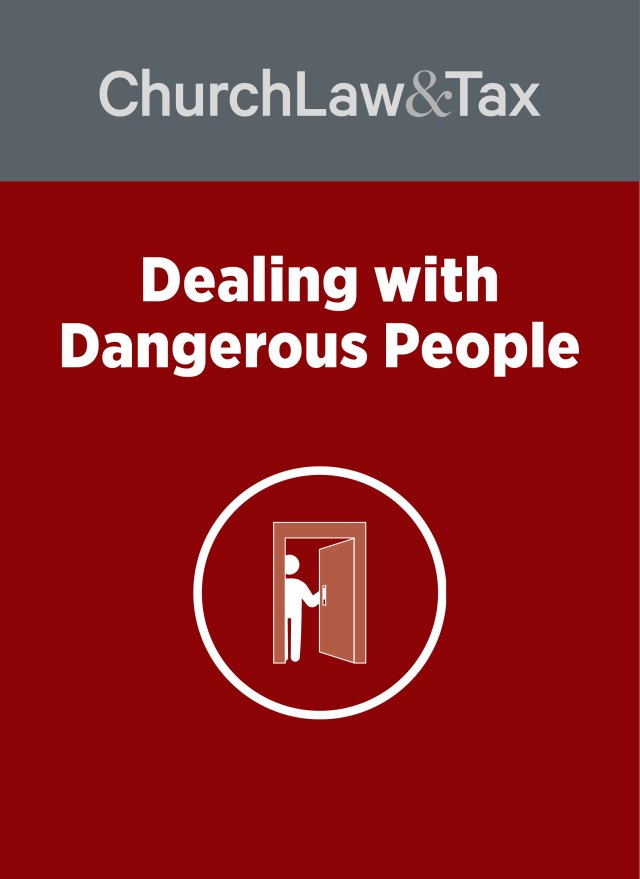Below are three “just-in-time” actions your congregation can take if threatened by an active wildfire.
Don’t attempt these preparedness steps if they might put you and others at risk or go against evacuation notices or orders.
1. Utilize Crisis Communication Strategies
Wildfires can disrupt the ways we communicate. Power sometimes goes out, and cell phone towers can go down. This can make most modern forms of staying in touch with one another difficult. You may have also seen messages coming out of Gatlinburg asking residents in the general area to limit calls for a period of time to emergency calls only.
If you have time prior to the disaster, reach out to your congregation using your normal and most common means of communication with your church members to let them know how they might be able to stay in touch with the church, leadership, and each other.Grab or download the most up-to-date congregation contact list you have. If you don’t have a contact list, you might send an invitation to your members to share via a Google Form (or another service your congregation is familiar with) so they can share their emergency contact information with the church. You might also take this opportunity to ask them for alternative contact information or if they plan to evacuate and to where.
Common crisis communication strategies that can be used before a disaster strikes include:
- Using a call-down procedure (e.g., activating a “prayer chain”);
- Text messaging;
- Text broadcasting;
- Social media notifications; and
- An alternate call-in number (e.g., instruct members to call in to a “sister” church in another region who is willing to take down messages)
Don’t just let your congregation know the mediums through which you’ll be communicating, but also let them know how to use the mediums through which you’ll be communicating going forward.
2. Echo Evacuation Messaging
Encourage your congregation and community to follow evacuation notifications being issued by the authorities. Several communities have already begun evacuation messaging as some of the active large fires spread. Though many people are heeding this notification, not all are.
Are there members of your congregation who may not be reachable by local officials or who may be hesitant to follow the direction of local officials? If your church is located in a community where a sense of mistrust of governmental officials or authorities exists, you, the church, sharing the message can make a big difference. Research has shown that vulnerable communities, like minority communities, may be less likely to heed official warnings.
Sometimes who conveys the message is just as important as the message itself. Hearing the evacuation message from you as a church leader can make a big difference in calling people to action. Remember: a trusted message comes from a trusted messenger.
As best as you are able, facilitate transportation to those who need it. For example, maybe you can help connect those who need assistance with relatives or other people in your congregation who might offer transportation. Or maybe you could have a church bus that you could offer to transport people who have limited mobility in the event of an evacuation. If you are aware of local, state, or federal resources for evacuation transportation, you can communicate these resources, too.
3. Minimize Risk
The images of wildfires in Gatlinburg, TN several years ago offer a sobering reminder that sometimes our best efforts are futile in the face of wildfires. Sometimes wildfires are difficult to contain. But there are still some things you can do that have been shown to improve your odds for minimizing risk.
It only takes one burning ember to start a fire, which can spread well ahead of a fire and beyond the direct boundaries of harm’s way. To help reduce the risk posed by burning embers, the Insurance Institute for Business & Home Safety (see DisasterSafety.org for more) suggests taking actions like:
- Clearing deck and patio furniture;
- Removing debris (e.g., pine needles);
- Relocating vehicles away from buildings; and
- Covering building vents with metal mesh screens.
You may also think about retrieving important documents or possessions that would be hard to replace if destroyed by fire. Similarly, are there certain resources that may be helpful to retrieve so that you are more likely to have them available to facilitate worship or other key ministerial activities or rites once the wildfire is contained.
Finally—and this may go without saying—don’t forget the little things like locking your facility doors and setting the alarm (if you have one) to protect your facility from security threats like looting should your building stay intact.





